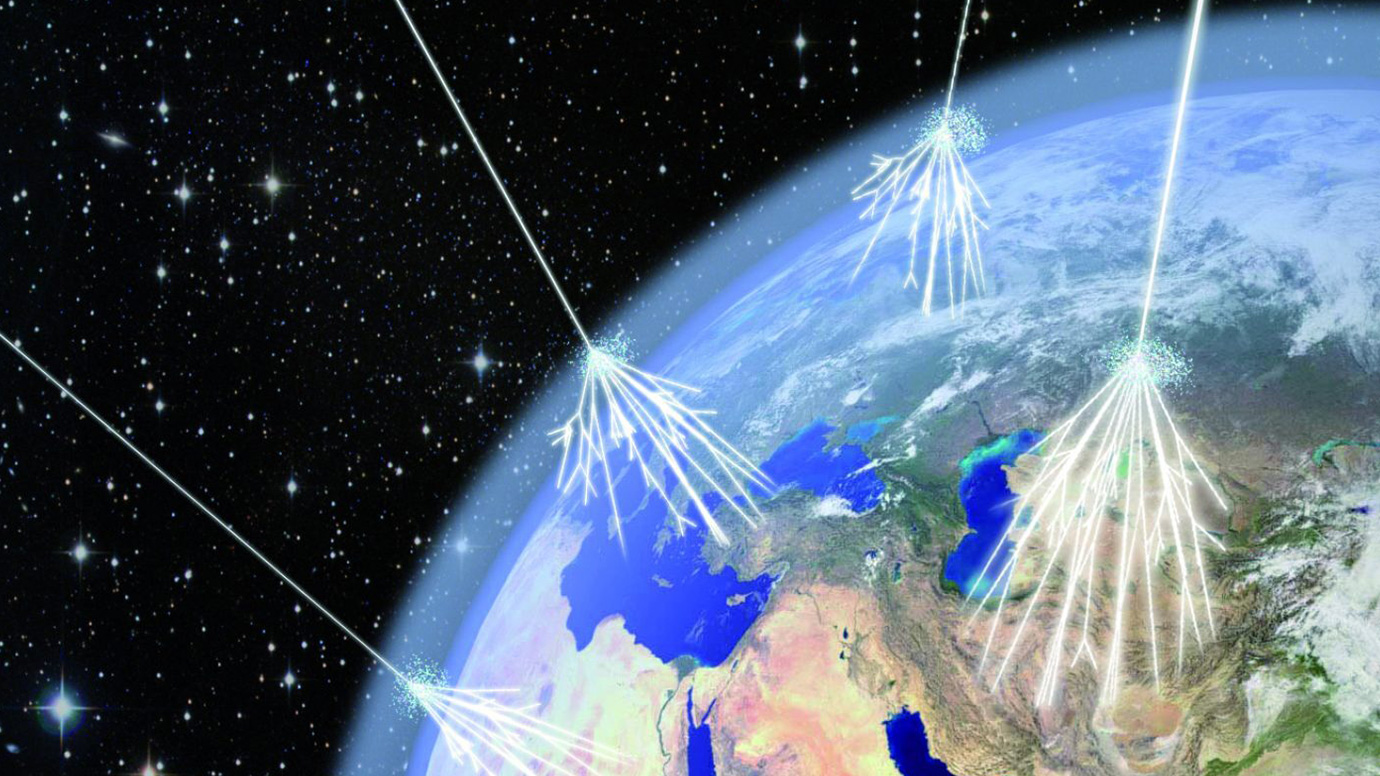Cosmic waves and cosmic rays are two phenomena that emerge from the vast and enigmatic tapestry of the universe. While they share a prefix and refer to cosmic occurrences, their nature, origins, and implications differ substantially. Understanding their unique characteristics not only enriches our comprehension of astrophysics but also allows us to appreciate the profound interactions occurring between celestial bodies and life on Earth.
The Nature of Cosmic Waves
Cosmic waves primarily refer to electromagnetic waves stemming from various astronomical sources. These waves encompass a broader range of phenomena, including radio waves, microwaves, infrared radiation, visible light, ultraviolet light, X-rays, and gamma rays. They operate within the electromagnetic spectrum, characterized by oscillating electric and magnetic fields that propagate through space. The peculiar aspect of cosmic waves lies in their capacity to traverse vast cosmic distances, elegantly undulating through the vacuum of space, bringing with them a wealth of information about our universe.
Cosmic waves travel at the speed of light, approximately 299,792 kilometers per second. They can be produced by diverse astrophysical processes, ranging from the overwhelming energy generated by supernova explosions, to the gentle whisper of starlight filtering through interstellar dust. These waves serve as both a messenger and a map, guiding physicists and astronomers in their quest to decipher cosmic secrets.
Among the more fascinating attributes of cosmic waves is their omnipresence. The electromagnetic waves produced by the sun, for instance, are a daily companion to life on Earth, playing a critical role in photosynthesis and influencing weather patterns. Their interaction with the Earth’s atmosphere can create dazzling auroras and can even leverage the concepts of communication, as radio waves facilitate the transmission of data across the globe.
The Essence of Cosmic Rays
In contrast, cosmic rays are high-energy particles originating from beyond the solar system. They predominantly consist of protons and atomic nuclei, with a minority comprised of electrons and other subatomic particles. Unlike cosmic waves, which represent electromagnetic phenomena, cosmic rays embody the fabric of matter propelled by extraordinary energies, often associated with supernovae or the remnants of black holes. When referencing cosmic rays, physicists indulge in discussions of fundamental particle physics and the intriguing properties of the universe.
The journey of cosmic rays is filled with vigor, traveling at nearly the speed of light until they collide with the Earth’s atmosphere. It is during this collision that cosmic rays instigate showers of secondary particles, cascading downwards to create a symphony of subatomic interactions that are observable on the planet’s surface. The study of these interactions has significant implications, illuminating the mechanisms of high-energy astrophysics.
Interestingly, cosmic rays vary in energy levels, with the most powerful being referred to as ultra-high-energy cosmic rays (UHECRs). These enigmatic particles can possess energies exceeding one billion trillion electronvolts, a feat that challenges our understanding of basic physical principles. The origins of these UHECRs remain an impelling mystery, igniting the imaginations of physicists and astronomers alike.
Impacts on Earth: Cosmic Experience
The interplay between cosmic waves and cosmic rays evokes a profound reflection on their impacts on our planet and life therein. Cosmic waves, through their varied frequencies, illuminate the cosmic dance of creation and destruction across the universe. For instance, high-energy gamma-ray bursts, produced by violent astrophysical events, have the potential to influence atmospheric chemistry or disrupt satellite communications while simultaneously offering tantalizing hints about stellar death.
Conversely, cosmic rays possess an entirely different essence in their interaction with Earth. Though their bombardment may evoke a sense of foreboding, it is crucial to recognize their contributions to our understanding of the universe. Cosmic rays can induce nuclear reactions in the atmosphere, leading to the formation of secondary particles like muons and neutrinos, which are crucial for advanced particle physics research. Additionally, they are believed to play a role in cloud formation, thereby influencing weather patterns on a macro scale.
The Metaphorical Dance of Cosmic Phenomena
One might whimsically picture cosmic waves as the melodious strains of a cosmic symphony—gentle, omnipresent, resonant with the frequencies of the universe. In contrast, cosmic rays can be perceived as the robust percussion section, punctuating this serene harmony with bursts of intense energy. The balance between these entities encapsulates the duality of existence—one, the serene whisper of the cosmos, and the other, an exhilarating explosion of energy. The converging paths of cosmic waves and rays remind us of the profound interconnectedness of astrophysical phenomena, whereby every oscillation carries the weight of interstellar narratives.
Scientific Exploration and Future Directions
The exploration of cosmic waves and rays invites a continuum of questions. New technologies capture cosmic phenomena with unprecedented clarity, providing insights into the nature of the universe. The development of space observatories, such as the upcoming James Webb Space Telescope, promises to deepen our understanding of cosmic waves, while ground and air-based detectors strive to unveil the secrets of cosmic rays.
As scientific inquiry continues to unfurl, it is increasingly evident that cosmic waves and rays will play pivotal roles in future cosmological studies. Their intertwining narratives underscore the complexity of the universe and challenge scientists to look beyond the visible to understand the infinite and often unexplainable intricacies of cosmic forces.
In conclusion, amid the silhouettes of stars and the empty canvas of space, cosmic waves and cosmic rays persist as elegant reminders of the universe’s myriad mysteries. As they bombard us from the sky, they invite contemplation—of our place in this majestic expanse and the myriad tales whispered through the cosmic ether, bridging the chasm between the micro and the macro, the known and the unknown.












